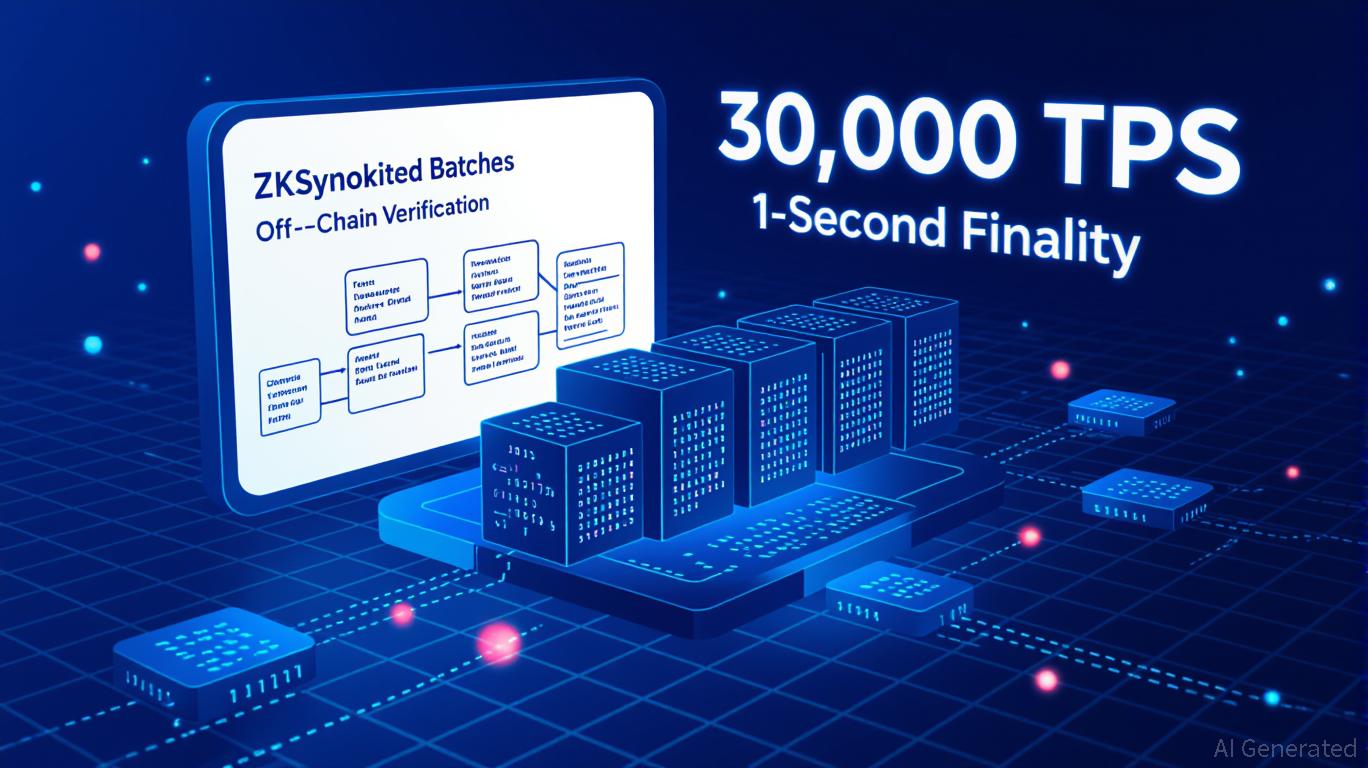Bitcoin Spot ETFs Reveal $558 Million Net Outflow
- Bitcoin spot ETFs saw $558 million outflow.
- No inflows for any of the twelve ETFs.
- Main event, leadership changes, market impact, financial shifts, or expert insights.
Bitcoin spot ETFs experienced a net outflow of $558 million on November 7, 2025, with no inflows into any of the twelve ETFs. Major asset managers, including Fidelity, Ark Invest/21Shares, and BlackRock, led this liquidity shift.
“On November 7 (ET), U.S. Bitcoin spot ETFs recorded total net outflows of $558 million, with all 12 bitcoin ETFs posting outflows and none seeing net inflows.” source
The outflow reflects macroeconomic caution and institutional withdrawal, challenging the stability of cryptocurrency markets with potential short-term profit-taking implications.
Bitcoin spot ETFs collectively reported $558 million withdrawn, affecting all twelve listed funds with neither experiencing inflows. As the largest players, Fidelity (FBTC) led with $257 million in outflows, highlighting significant liquidity changes.
Fidelity, Ark Invest, and BlackRock were the primary firms involved, all of which have a track record in managing ETFs. Changes occurred without direct street-level communication from their CEOs or executives.
The event has implications for institutional strategies, reportedly draining considerable Bitcoin quantities from ETF custodial accounts. This mirrors the ETF market’s role in macroeconomic signals amid market caution.
Despite Bitcoin and Ethereum facing outflows, Solana ETFs attracted funds, reflecting contrasting investor sentiment. The broader market impact hints at strategic repositioning influenced by previous macroeconomic volatility.
Observers note that the outflow is a continuation of institutional risk reduction moves seen in past months. Historical data suggests similar patterns during times of economic uncertainty, affecting ETFs at large, as outlined in Bitcoin spot ETFs face $558 million net outflow on Nov 7, 2025 .
The event underscores the dynamic environment of crypto investments, where large-scale withdrawals highlight potential volatility and changing asset manager strategies in the face of evolving market conditions.
Disclaimer: The content of this article solely reflects the author's opinion and does not represent the platform in any capacity. This article is not intended to serve as a reference for making investment decisions.
You may also like
Aster DEX’s Latest Protocol Enhancement and Liquidity Rewards: Advancing On-Chain Solutions and Optimizing DeFi Capital Utilization
- Aster DEX's 2025 protocol upgrade enables ASTER token holders to use their tokens as 80% margin collateral for leveraged trading, with a 5% fee discount for collateral users. - The upgrade triggered a 30% ASTER price surge and $2B 24-hour trading volume spike, attracting institutional attention including Coinbase's listing roadmap inclusion. - By converting ASTER into a functional collateral asset, the platform enhances capital efficiency while reducing liquidation risks through reduced margin requiremen

Vitalik Buterin's Progress in Zero-Knowledge Technology and the Investment Opportunities within Ethereum's Layer-2 Ecosystem
- Vitalik Buterin prioritizes ZK technologies to optimize Ethereum's post-Merge scalability, targeting modexp precompile replacement for 50% faster ZK-proof generation. - ZKsync's Atlas upgrade enables 15,000+ TPS and near-zero fees by redefining L1-L2 liquidity, positioning ZK-based L2s as Ethereum's infrastructure backbone. - Dencun's "blob" data slashes L2 costs by 98%, driving Base and Arbitrum to surpass Ethereum's base layer in transaction volume and user adoption. - ZK L2s like ZKsync and StarkNet s

Vitalik Buterin Supports ZKsync: What This Means for Layer 2 Scaling
- Vitalik Buterin endorses ZKsync, highlighting its ZK-rollup tech as critical for Ethereum's scalability and decentralization goals. - ZKsync's Atlas upgrade achieves 30,000 TPS with 1-second finality, enhancing programmability while maintaining on-chain security. - The project faces competition from Arbitrum and Optimism but differentiates through privacy, low fees, and Ethereum compatibility. - Rigorous audits and emergency response protocols strengthen ZKsync's security, though real-world performance r

ZK Atlas Enhancement: Driving Blockchain Expansion and Business Integration in 2025
- ZKsync's 2025 Atlas Upgrade introduces a high-performance ZK stack with 15,000+ TPS, redefining blockchain scalability through modular Layer 2/3 infrastructure. - The upgrade enables bridge-free Ethereum interoperability and supports EVM/RISC-V/WASM compatibility, addressing enterprise needs for hybrid blockchain solutions. - Institutional adoption surges with ZK token's 50% price jump and $19M+ partnerships, though legacy system integration and regulatory clarity remain key challenges. - BaaS compatibil
